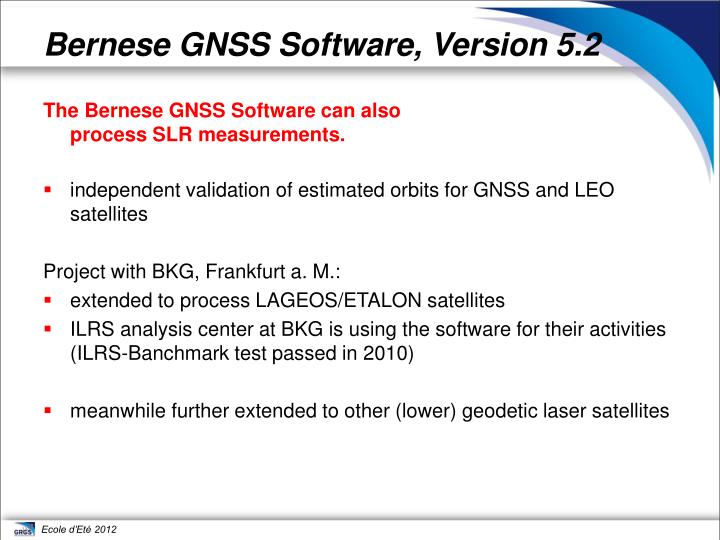

In those applications, GNSS carrier-phase observations are essential to providing the highest positioning precision. GNSS has also cast new insights into the geophysical phenomena, such as plate tectonics, slow slip events, and surface mass redistribution (e.g., Freymueller et al., 2008 Herring et al., 2016 Nishimura et al., 2013 among others). Along with very long baseline interferometry, satellite laser ranging and Doppler Orbitography and Radiopositioning Integrated by Satellite, GNSS has been playing a fundamental role in the elaboration of International Terrestrial Reference Frames (ITRF). The establishment and maintenance of a global reference frame require reliable GNSS network solutions (Rebischung et al., 2016). High-precision Global Navigation Satellite System (GNSS) positioning is important to geodesy and geophysics. Therefore, we recommend undifferenced IAR since it is more resistant to incorrect ambiguity resolution and more efficient in achieving high-precision positioning. Besides, when processing a massive network, DD IAR is quite slow in computation. In contrast, undifferenced IAR is far less affected by incorrect ambiguities. To identify all those incorrect ambiguities requires sophisticated quality control. We demonstrate that it is the DD ambiguities fixed to incorrect integers that degrade the positioning precision. In theory, the two IAR strategies can achieve equivalent results, but some studies showed that undifferenced IAR can achieve more precise positions than DD IAR. DD IAR is achieved by differencing between satellite pairs and station pairs, whereas undifferenced IAR is achieved without differencing observations between stations. There are two types of IAR, that is, double-difference (DD) and undifferenced IAR.
#BERNESE GNSS SOFTWARE FREE DOWNLOAD FULL#
Integer ambiguity resolution (IAR), that is, fixing the unknown full cycles of carrier signal waves to integers, is significant to Global Navigation Satellite System precise positioning. We, therefore, recommend UD-IAR for GNSS network analysis since it is immune to the error propagation resulting from incorrect integer ambiguities at other stations and thus more efficient to achieve ambiguity-fixed solutions. Identifying such problematic ambiguities requires sophisticated quality control for DD-IAR, because the integer offset of an incorrect DD ambiguity might have been absorbed evenly by the cross-connected mass of DD ambiguities throughout the network, and consequently does not manifest as an outlier in the ambiguity-fixed solution. We demonstrate that it is the incorrectly resolved DD ambiguities, though accounting for far less than 1%, that degrade DD-IAR. We found that the position repeatability and the RMSE of DD-IAR were both worse than those of UD-IAR at over 90% of stations for the east component, though the largest deteriorations were only 0.6 and 0.7 mm, respectively. We investigated four representatives DD-IAR and UD-IAR strategies using 1 year of GPS data from 192 globally distributed stations, where the position repeatability and the root mean squares error (RMSE) against the International GNSS Service weekly solutions were both quantified. It is normally acquiesced in that DD-IAR and UD-IAR should achieve equivalent results, which is however not the case in a number of studies. While GNSS network analysis is usually achieved through double-difference (DD) IAR, undifferenced (UD) IAR has also been developed in recent years to achieve network analysis station by station. Integer ambiguity resolution (IAR) plays a key role in high-precision Global Navigation Satellite System (GNSS).


 0 kommentar(er)
0 kommentar(er)
